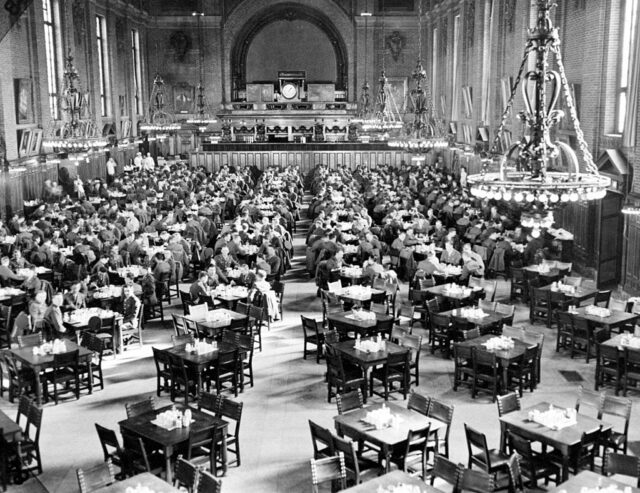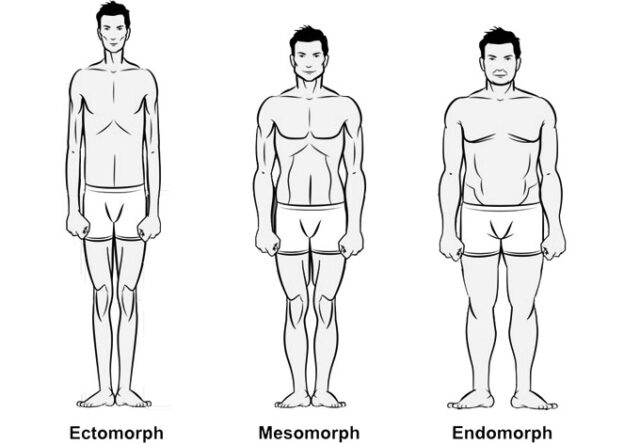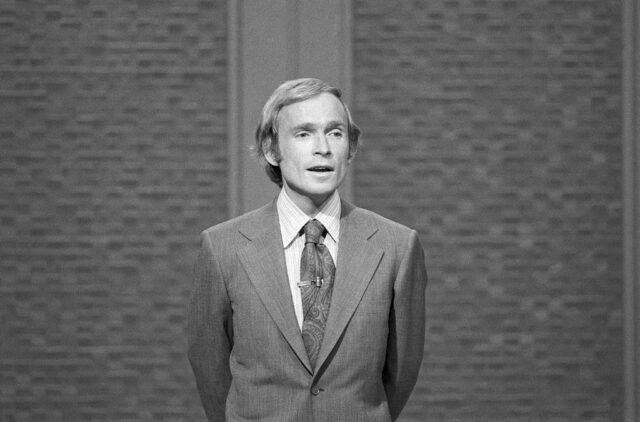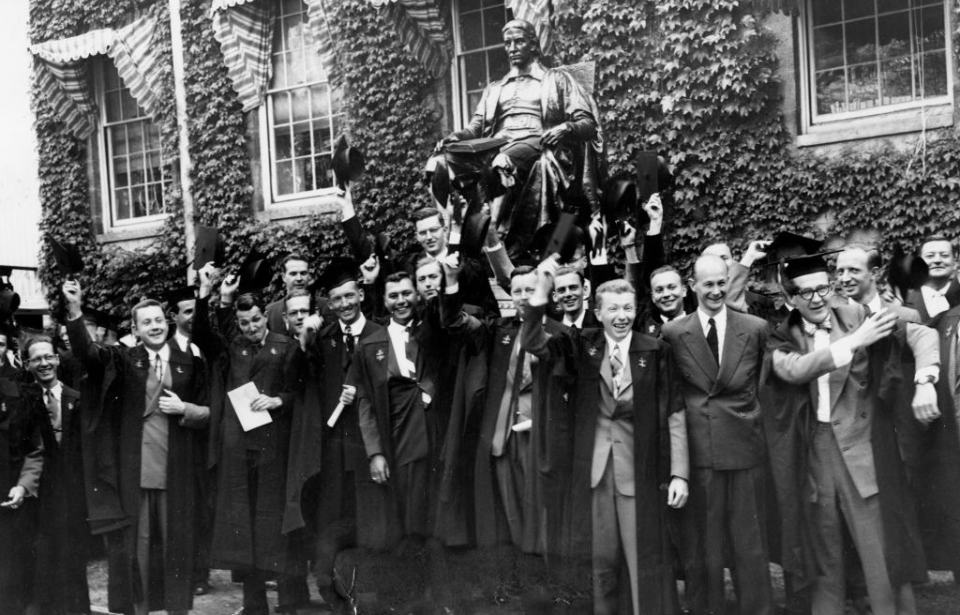America’s Ivy League universities are among some of the country’s most prestigious educational institutes, but that doesn’t mean they’re devoid of controversy. In fact, it was revealed that many of them were involved in the Ivy League nude posture scandal. This exposed a series of photo shoots conducted on college campuses in the 20th century, raising profound ethical questions about consent, privacy, and the exploitation of young students ‘for science.’
The posture photos
There’s certainly a plethora of activities one can expect during university orientation week, many of which have gone out of favor. For example, students at Yale once had to prove they could swim 50 yards or else be put into a swimming class. At the men-only schools, in particular, there were many physical tests required to ensure that the students were up to scratch. Another activity that was required of both Ivy League and Seven Sisters students was the infamous ‘posture photo.’

They were popularized between 1940 and 1970, but at Harvard, they started as early as 1880. This was one of the required activities for both male and female students that took place for incoming freshmen at these schools. They would line up outside the room, waiting to be called in. When it was their turn, they stripped down completely naked, and photos were taken from the front, side, and back while each student had metal pins fixed to their body.
But…why?
The earliest reason for this project was to study scoliosis, rickets, and lordosis (an exaggerated spinal curve) while using freshman students as a case study. However, it was soon taken over by Harvard researcher William Sheldon in the 1940s. Supposedly, he wanted to assign each student to one of three bodily somatotypes, which would align with the type of personality they had. His goal was to show that their “physiques and temperaments were those of leaders and superior people.”

His research program was spread throughout most of the Ivy League and Seven Sisters schools, but it also included many similar photos taken at medical and military institutions. Aside from the direct use of the photos, the ‘scientists’ in charge of the study had no problems sharing the images with people conducting entirely different studies. One alleged example was a researcher who used the Harvard posture photos to draw conclusions about smoking while working for the tobacco industry.
Far from scientific
Although the photographs were taken to support reported scientific research, there has been another more nefarious reason given for what Sheldon intended to use them for. A former professor at Yale claimed that “the real solution is to be enforced better breeding – getting those Exeter and Harvard men together with their corresponding Wellesley, Vassar and Radcliffe girls.” This aligned with the claim that Sheldon was a racist and eugenicist who was also a Holocaust denier.

They believed that he was using his studies to try and prove his misguided beliefs. This was never concretely proven, although publications from his research associate Earnest Hooton certainly don’t discredit this idea. He wrote that the “ultimate objective” of the somatotyping program “is to learn enough about human heredity to enable us to control and limit the production of inferior and useless organisms.”
So what happened to these pictures?
These photos were primarily transferred for storage at the Smithsonian Institution after Sheldon’s death, where they simply existed until 1995 when the issue was brought to public attention. In the following years, they were destroyed in order to protect the privacy of those featured in them. Despite assurances that those at the Smithsonian were destroyed, in 2020, many of the male Yale photos were put up for sale on eBay. These predominantly remain in the hands of private collectors.

Aside from the Yale photo leaks, there were many rumors over the years of other collections going missing. Supposedly, in the 1960s, someone had stolen the negatives for the Vassar posture photos and they were put on sale on the Ivy League black market. Another rumor stated that there were many photos stolen from Wellesley as well.
More from us: Here’s The Story Behind the Most Famous Photo of Albert Einstein
Although it hasn’t been confirmed, there are a number of well-known celebrities who would have attended Seven Sisters or Ivy League schools when it was required to participate in the posture photos. These include Dick Cavett, Bob Woodward, James Franciscus, Brandon Tartikoff, George Pataki, Meryl Streep, Wendy Wasserstein, former President George H.W. Bush, and Diane Sawyer.
